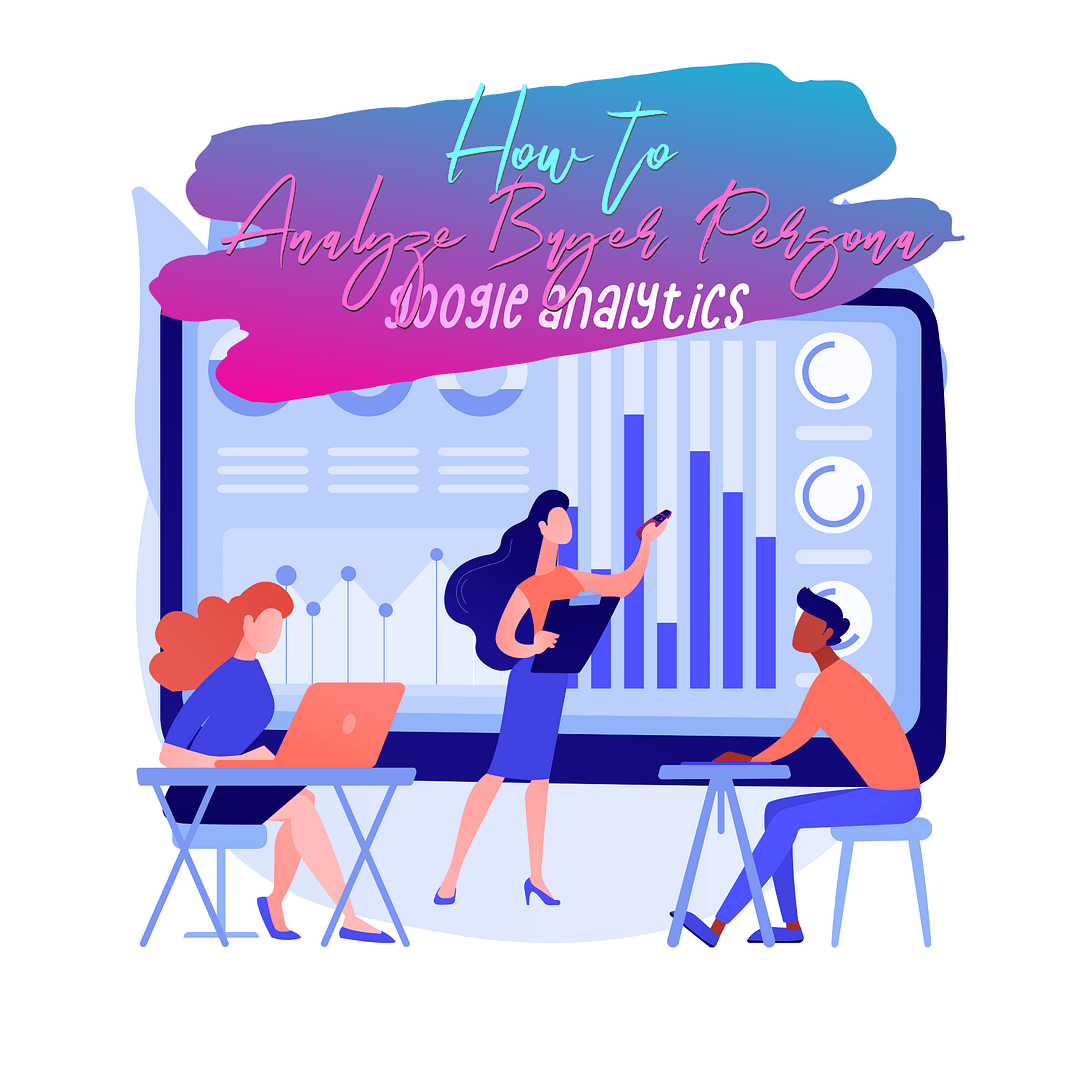A persona is an original character that represents a person with the characteristics of your target audience. These characteristics can include age, gender, religion, geographic location, and more. One way to find out who you’re targeting for this new website would be by using traffic analysis tools on popular websites like Google Analytics. In this article, we’ll discuss some of the Best Buyer Persona Tips in Google Analytics.
What Kind of Information do We Need for Persona Development?
Personas are created for companies to understand their current consumers better. As a result, the person can inform marketing strategies and help the company resonate with any target audience. Historically, they were built by conducting research and interviews with people, but now we have many different methods of data collection that can be used instead. Two primary ways to collect this data is through:
Qualitative Methods:
Qualitative research methods are crucial for understanding consumers because they give insight into why people make their decisions. For example, qualitative data can reveal how customers feel about an issue or what motivates them to buy certain products over others. This gives companies valuable information on which areas require more focus and attention to serve their customer base with tailored product offerings while also increasing revenue for themselves!
Quantitative Methods:
Quantitative research methods are the best way for companies to get data that can help them figure out what consumers want. These types of studies give you a better idea than qualitative ones because they tell you things like “what” and “when.”
Website traffic analysis has become a significant player in marketing and advertising. They record data on every user logging onto the site, but understanding how to read that data is essential for creating personas- it can help you find your target audience more effectively.
Define The Kinds of Personas You’d Want to Create
When developing a marketing plan for your company, you may want to think about different personas. In general, companies will build one or two per brand offering. Still, if you are larger and have more than three product offerings, that might be worth considering creating multiple personas based on how each customer interacts with those products. For example, in our data, we noticed somebody who became interested after an email campaign but then dropped off after they hit their limit, so it’s essential to keep track of what happens once someone leaves from visiting your website as well!
How to Create Buyer Personas Using Google Analytics?
A buyer persona is not just a target audience but also the similarities among that same group. The data about your user personas can be found in website analytics, and this type of information should never go to waste! Google Analytics allows you to create an accurate profile of what makes up a potential customer for your product or service with four steps:
Keyword Research for Your Website Traffic
To begin, open Google Analytics and go to Acquisition, then select All Traffic > Google/Organic. To the right of the Secondary Dimension bar, there will be a list such as Keyword or Source – depending on what you’re looking for (although they are all primarily keywords). Select ‘Keyword’ from this menu to read ‘Google/Organic > Keywords> Primary dimension: Keyword’. The page refreshes with an enormous list of keywords alongside their corresponding rankings. Copy and store these in your spreadsheet where you can get started analyzing them at your own pace!
Find Users Who Are Similar to You
If you have a business that sells sports goods, the Expert suggests grouping your data into categories like shoes and clothing. These classifications will help advertise to people searching for certain products or services in specific areas of town; they can also determine what questions should be on your mind when marketing new items to this particular type of customer base. You may also develop personas like “serious runner searching for shoes around $100 in the nearby area.” which would give potential customers an accurate representation of themselves before reaching out about their needs and desires with companies selling sporting gear near them.
Define Buyer Personas by Social Channels
Creating a compelling persona for your social media channels is easier than it seems. Just take one of the rough personas that have already been created and refer to Analytics’ referral traffic data. By selecting All Referrals, you can see which landing pages attract more visitors from different sources like email marketing messages or banner ads on other websites. From there, create prototypical audience members based on these findings!
Data from social networks can help guide the creation of content for each specific network. For example, a restaurant may find that Facebook referrals seek reservations, and Twitter is mainly referred to by people looking for daily specials.
Fill Out the Details for Your Personas Profile
You can also look for patterns among your fans and followers on social media. For example, Twitter analytics can give relevant insights from ‘your followers also follow’ and ‘interests’ sections. The author used Follower Wonk for Twitter and Graph Search (Facebook discontinued original graph search) to pull common keywords. Other social media networks, such as Behance Empire Quora Open Forum, may help you narrow down your search; individuals who frequent Q&A sites appreciate material provided by professionals. At the same time, those who liked a post about sports are more likely to be interested in articles related to that subject matter.
With the help of analytics, you’ll have a better grasp of what makes up that group and how to help them feel more connected as a result. This is very important for effective social media marketing (SMM).
Takeaway
Personas are one of the essential tools to help you visualize and achieve your business goals. By using personas, companies can quickly understand their customers who become buyers before doing anything else! You’ll be able to get in touch with what is really on their mind – but also how users go through the sales journey and direct content strategy by listening to them first hand. Get down into details about all aspects that matter, including pain points for new prospects or features they would like more info about:)



